Sekiro: Shadows Die Twice Review
Sekiro: Shadows Die Twice Review
From the creators of Dark Souls comes a beautifully punishing new adventure.
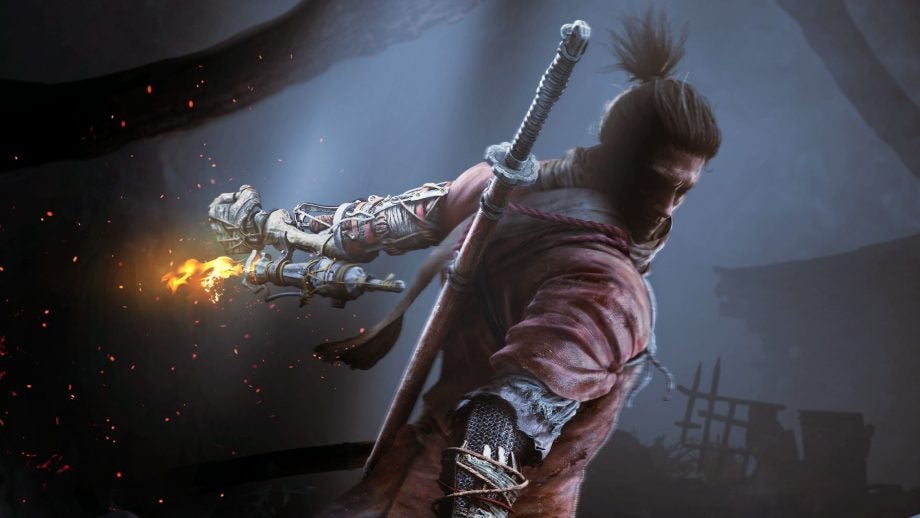
Verdict
Sekiro: Shadows Die Twice is one of the best games to emerge this year, adding yet another masterpiece to FromSoftware's formidable catalogue of grim, uncompromising experiences.
Pros
- Every combat encounter is brutally satisfying
- The world is gorgeous and brimming with deep, dark secrets
- Doesn't hold your hand and is all the better for it
- A wonderful setting filled with fascinating tales and characters
Cons
- Camera can prove frustrating at times
Key Specifications
- Review Price: £49.99
- Developer: FromSoftware
- Genre: Action RPG
- Release Date: Out Now
- Platforms: PS4, PC and Xbox One (version tested)
FromSoftware created a genre with Demon’s Souls, a formula that was catapulted to superstar status with Dark Souls and continues to grow, evolve and innovate with bold new changes. This path reaches a new crescendo with Sekiro: Shadows Die Twice, a fiendishly difficult adventure that doesn’t hold your hand. In fact, it cuts it off in the first few minutes.
Set during Japan’s tumultuous Sengoku era, civil war has crippled the country into submission as warring factions fight for supremacy. Amidst this chaos is The Lone Wolf, a warrior who vows to protect a young prince endangered by the ensuing battle. He fails, disgraced and sworn to achieve revenge following Sekiro’s opening moments.
This brief setup initiates a journey that will last dozens of hours, pushing me to breaking points several times, and forcing me to reconsider everything I’ve learned about FromSoftware. Replacements for the Bonfire, Estus Flask and cryptic character development are all present, but everything that surrounds them is different.
The faster, more punishing pace is utterly demoralising, pounding you into the ground with mini-bosses that can slay you in two hits, paving the way for a gauntlet of vicious encounters that feel almost euphoric once conquered. You can’t summon friends to help you anymore. It’s all about skill, learning attack patterns and emerging victorious through the endless toil.
Related: Upcoming PS4 games
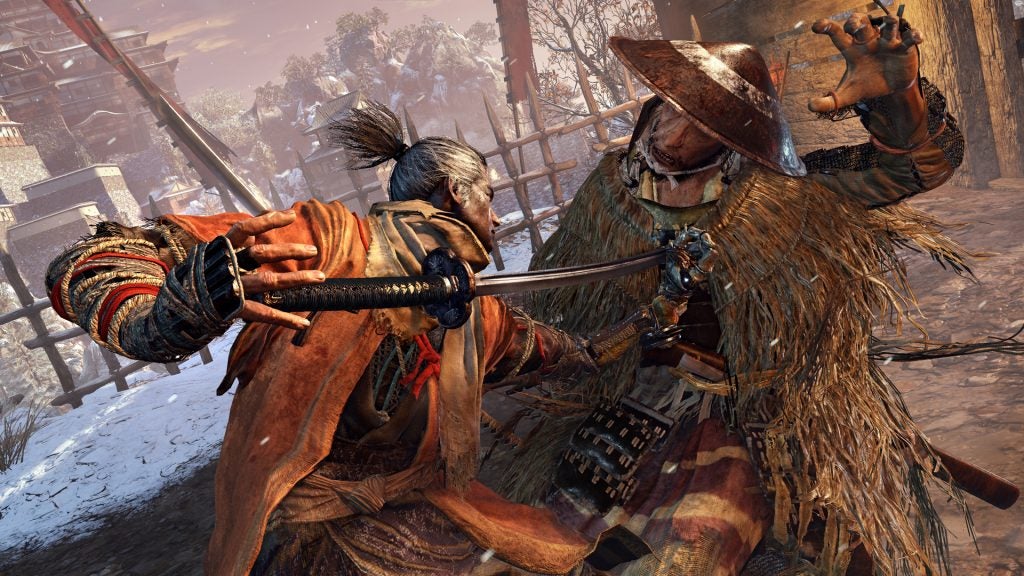
The Lone Wolf is a seasoned ninja, wielding his sword with the lightness of a feather. Yet, it can sure take a beating since blocking lies at the core of Sekiro. Every character has a stagger metre, a coloured gauge that’s filled by either pulling off attacks or successfully deflecting enemy strikes. The latter’s timing is in the milliseconds, making each fight a display of rhythmic beauty as I danced around whatever troubles came my way.
Fill up the stagger metre and you can perform a Deathblow, a devastating move that will kill most in a single motion, or wipe an entire health bar from stronger adversaries. Sekiro’s learning curve is steep, and it expected me to retrace my steps through bloody and beaten areas perfecting new techniques. It feels wonderful, eventually turning insurmountable obstacles into sprints tackled with unparalleled grace.
If it tickles your fancy, you can sneak through the majority of areas without being spotted. The mountains of Feudal Japan are drenched in snow and ripe with bushy grasslands, which are convenient ways to murder from the shadows. And my goodness does it feel good, each kill punctuated by a marvellous sound cue before blade meets throat.
Given that stealth in Dark Souls was limited to backstabbing foes before eventually alerting everyone, Sekiro feels worlds apart in the avenues it provides for each situation. The majority of combat arenas are large, open spaces with occupants patrolling in strict patterns. Disturb them and things will change, so taking out folks one by one before chaos eventually erupts is highly recommended.
If you waltz in confidently, hoping to take on everybody at once, you’ll be dead within seconds. Letting your guard down, even around the most basic threats, is a recipe for disaster. Even a minor lapse in concentration can turn the tide of battle, and often there’s no turning back. Sekiro is unforgiving, yet seldom feels unfair in its execution.
Related: Best Xbox One games
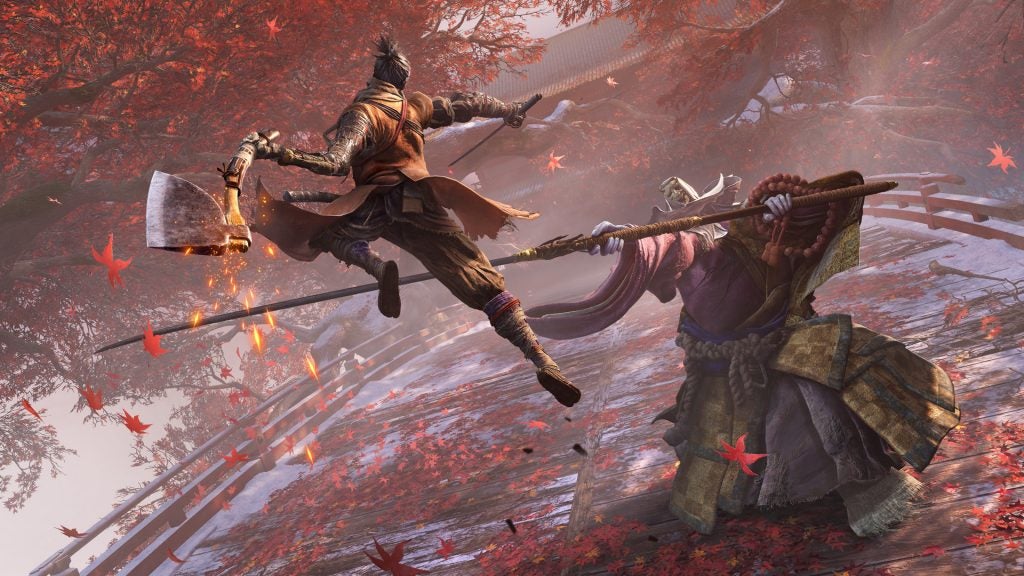
As I mentioned earlier, the opening moments in Sekiro have our hero losing his arm. While tragic at the time, it leads to one of the game’s defining mechanics. Now wielding a prosthetic with a grappling hook, you can zip across rooftops and cliffs with the touch of a button. I’m a disgraced, ashen-haired phantom with honour to reclaim, and nothing was going to stop me.
The verticality this gives environments is liberating, changing how I’ve come to expect exploration to work in such games. Leaping off a cliff to my death, only to launch towards a nearby tree branch to discover a cavalcade of secrets, made me feel like a true ninja, becoming acquainted with a realm I was slowly beginning to master.
Prosthetics can also be customised with different skills that transform the flow of battle. A flamethrower can scare away beasts while firecrackers stun enemies, leaving them open for a valuable strike or two. Upgrading these creates more room for experimentation, further strengthening your arsenal before many harder escapades.
Sekiro’s boss battles are triumphant, immediately cementing themselves as some of the genre’s best. At first many can feel broken, unfair to the point of hilarity. None of my attacks would work as I was backed into a corner and decimated beyond recognition. However, slowly but surely, I began to analyse every move and formulate a strategy. Countless attempts followed, but I soon emerged battered, broken and victorious.
I’m a bit embarrassed to admit the time it took me to realise what ‘Shadows Die Twice’ actually means. It refers to Sekiro’s resurrection mechanic, where you’re free to revive with half of your health after defeat. This comes with a consequence – a second death will result in the loss of abundant resources. You’ll also risk infecting the world’s inhabitants with Dragonrot, a deadly disease that has begun to sweep the country.
Related: PS5 latest news and rumours
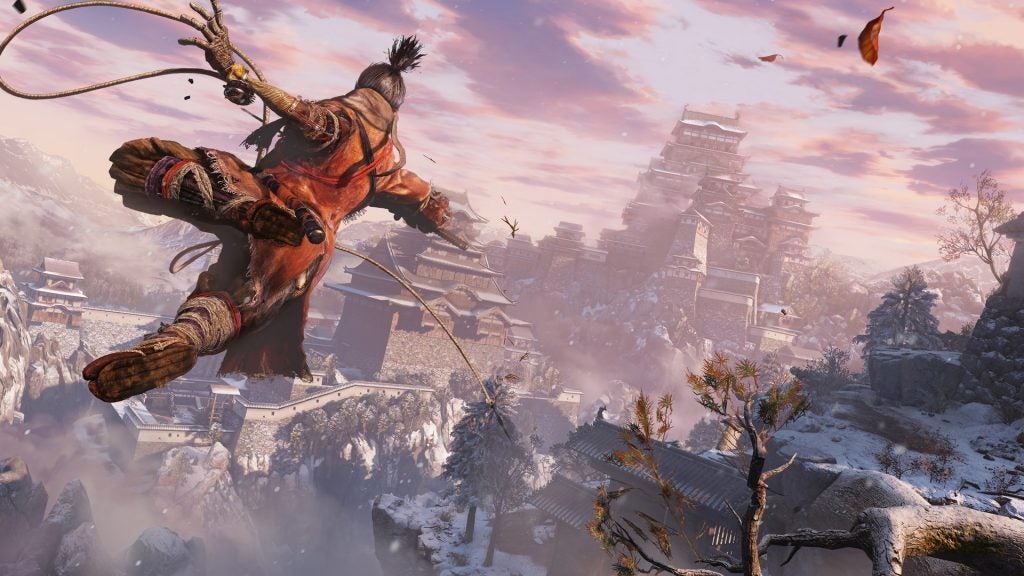
Some of the areas between boss battles can feel too brief, offering little breathing room before yet another progression-stomping encounter. Sekiro counters this after a few hours with a similar environment to Dark Souls; it offers the player countless directions to pursue in favour of one strict path.
If I was having trouble, I could abandon my objective and feel safe in the knowledge that I could return with hardened resolve a few hours later. Or just get my butt kicked another dozen times – whichever works. The world intertwines upon itself, opening up ways of returning to previous haunts that feel particularly ingenious. That, or you could simply find an Idol and initiate fast-travel, but that’s no fun!
While they aren’t telegraphed in the most obvious manner, Sekiro has an abundance of upgrade paths for you to follow. Known as “Arts”, they’re either unique moves to be equipped or passive upgrades that increase your stamina, blocking capabilities and other things. I found taking my time to discover these upgrades was a saving grace, offering brief respite in-between battles that showed little remorse.
The secrets being harboured by this archaic vision of Japan are plentiful, whether you’re after valuable upgrades or cryptically tragic anecdotes of the characters that have the misfortune to call this place home. While I’d hate to sound elitist, a base level knowledge of the period itself can produce some incredible moments of environmental storytelling, as you pick apart dialogue to find the beating heart beneath.
Related: Everything we know about Xbox Two
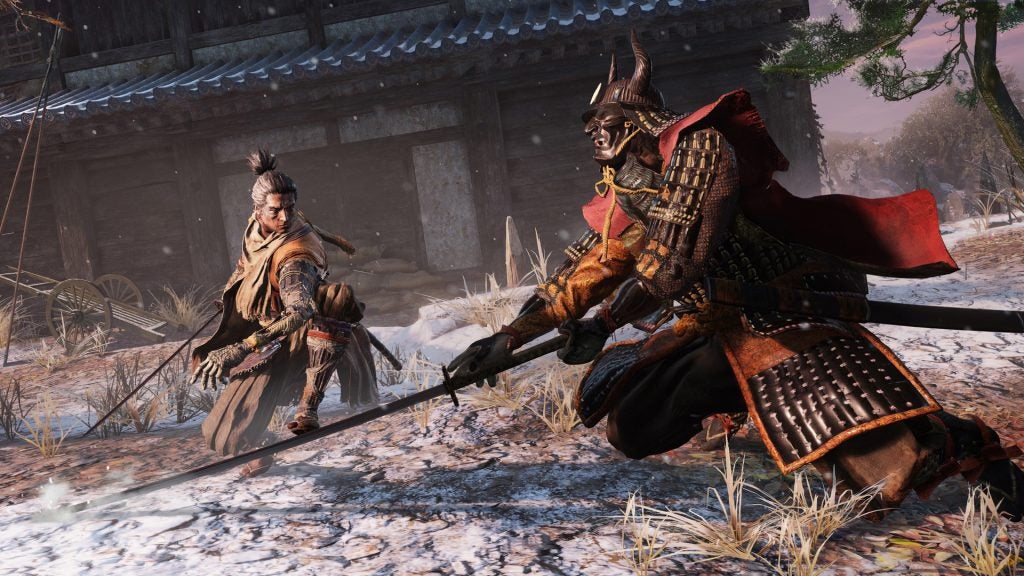
Verdict
Sekiro: Shadows Die Twice is one of the best games to emerge this year, adding yet another masterpiece to FromSoftware’s formidable catalogue of grim, uncompromising experiences.
Nearly every encounter feels like a nuanced session of cat-and-mouse as you dance alongside the enemy, culminating in a final act that leaves them in a puddle of their own defeat.
This combines with a colourful world that takes an already explored narrative linearity and uses it to its advantage to tell a tragic tale that’s genuinely brilliant.


